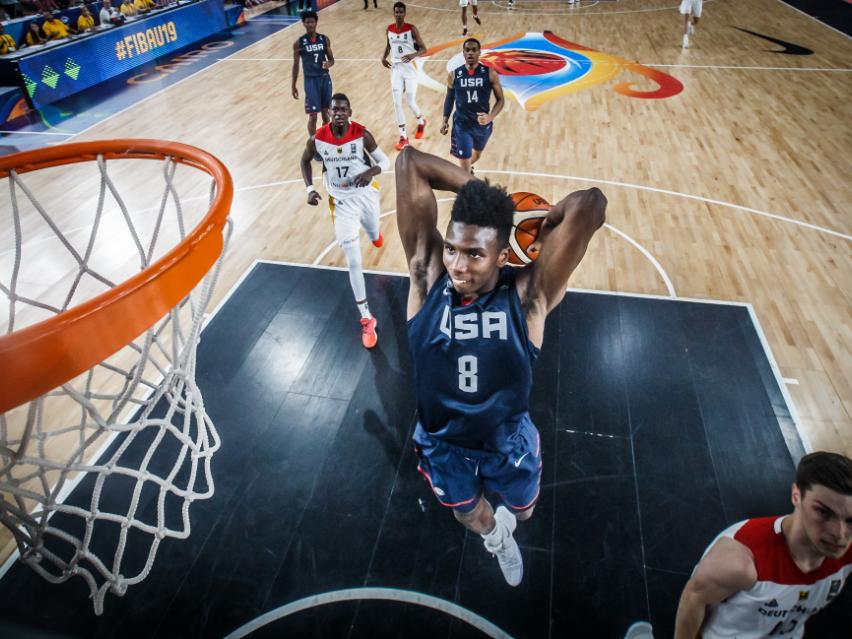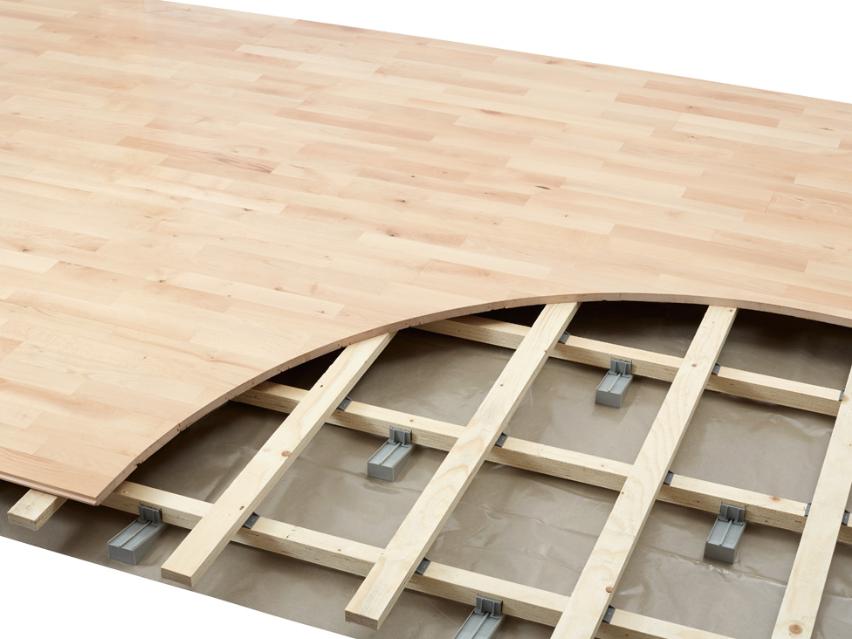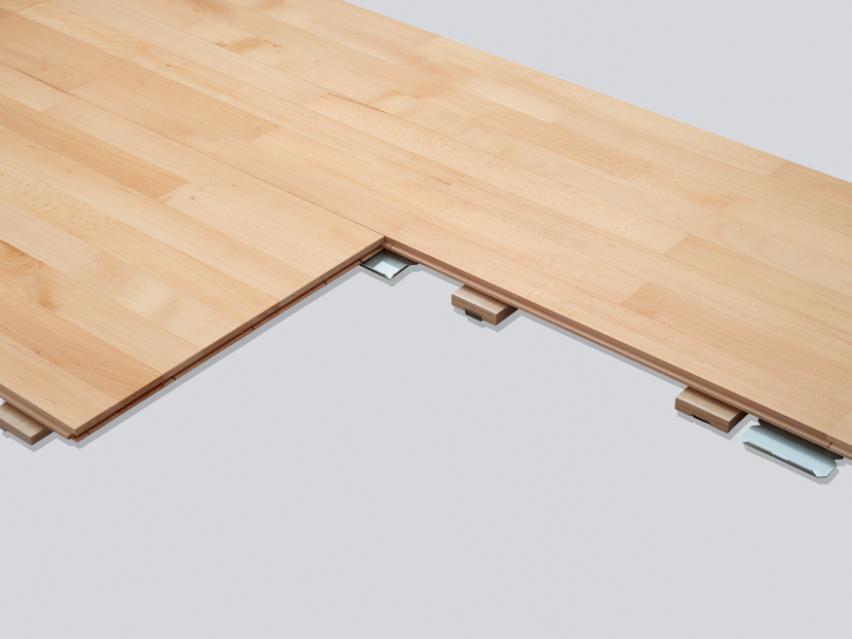Sanding & Sealing Sports Floors: Restore Performance and Appearance
Maintaining a sports floor’s performance and visual appeal requires more than routine cleaning—over time, even the most durable hardwood surfaces can become worn, dull, or damaged. Sanding and sealing are essential procedures that restore both the functionality and aesthetics of sports floors, ensuring they meet safety standards and provide the optimal playing surface for athletes. In this article, you’ll learn the step-by-step process of sanding and sealing sports floors, why these treatments are critical for long-term durability, and how proper maintenance can extend the lifespan of your investment.
Why Sanding & Sealing Sports Floors Is Essential
Over time, sports floors in high-traffic facilities—such as basketball courts, multi-purpose halls, and school gyms—are exposed to intense foot traffic, sports equipment, and environmental fluctuations. This constant use can lead to surface wear, scratches, dullness, and loss of optimal playing characteristics. Sanding & sealing sports floors is a critical maintenance step, restoring both their appearance and functionality. By resurfacing and resealing, you ensure the floor meets performance standards such as EN 14904, maintains consistent shock absorption and ball bounce, and provides a safe and visually appealing surface for all activities.
Understanding the Basics: What Sanding & Sealing Involves
Sanding & sealing sports floors is a structured process designed to rejuvenate solid hardwood surfaces.
- Sanding removes the existing finish, evens out imperfections, and exposes fresh wood for treatment.
- Sealing protects the wood from moisture, wear, and contaminants while enhancing its appearance and slip resistance.
- Finishing completes the process with durable coatings that meet safety and performance requirements.
For floor finishers, understanding the sequence and technical requirements of each step is essential to deliver a resilient, high-quality surface that stands up to daily sports activities.
Step-By-Step Process for Sanding & Sealing Sports Floors
Every successful project follows a proven approach. Here’s a detailed look at each stage:
Preparation and Cleaning
- Remove all equipment, furniture, and debris from the sports hall.
- Thoroughly clean the floor to eliminate dust, dirt, and residues.
For more detailed guidance on ongoing cleaning requirements, see the section on maintenance and refurbishment of wooden sport floors.
Sanding Techniques
- Use a drum sander for large areas and an edger for corners and edges.
- Start with coarse grit sandpaper to strip the old finish, followed by medium and fine grits for a smooth, even surface.
- Remove all sanding dust before moving to the next stage.
Repairing Damages
- Inspect for deep scratches, dents, or damaged boards.
- Fill minor imperfections with wood filler and replace boards if necessary.
Sealing the Floor
- Apply a high-quality sealant suitable for the wood species and the specific floor system.
- Use two coats where recommended, lightly sanding between coats for optimal adhesion and smoothness.
- Choose between water-based and oil-based sealers based on drying times and environmental requirements.
To ensure compatibility and performance, many professionals rely on Junckers HP Sport Line surface solutions.
Applying Lines and Graphics
- After sealing, apply court markings, sponsor logos, or custom graphics using specialized lacquers.
- Ensure markings align with intended sports use and multi-purpose needs.
Finishing
- Apply a durable topcoat—such as polyurethane—to protect the sealed and painted surface.
- Multiple coats may be necessary, with light sanding between applications to achieve a uniform finish and the right level of slip resistance.
Selecting the Right Products and Finishes for Sports Floors
Choosing the correct sealant and finish is crucial for lasting results.
- The wood species: beech, ash, or maple
- The hall’s purpose—multi-sport use, school assemblies, or heavy equipment loads
- Environmental factors such as humidity and sunlight exposure
Junckers offers pre-finished and untreated floorboards in three gradings: Champion (uniform), Premium (natural variation), and Club (rustic). Sealants and finishes should be compatible with both the wood and the Junckers sports floor system in use, whether it’s a fixed installation like the permanent sports flooring solutions or a portable system, described in detail under portable sports floor solutions.
Maintenance Tips After Sanding & Sealing Sports Floors
A well-maintained floor extends the time between refinishing cycles.
- Daily care: Dust mopping to remove grit and prevent scratches
- Weekly or periodic care: Use only recommended cleaning solutions to preserve the finish and slip resistance
- Climate control: Maintain indoor humidity between 35-50% to prevent gaps or warping
- Regular inspections: Promptly address minor repairs to avoid more extensive work later
For further details and technical information on ongoing maintenance, visit maintenance and refurbishment of wooden sport floors.
How Sanding & Sealing Extends the Lifespan and Investment of Sports Floors
Solid hardwood sports floors can be sanded and refinished multiple times throughout their service life—often exceeding 75 years with proper care. Each sanding & sealing cycle restores performance, appearance, and safety, deferring costly replacement and supporting the facility’s long-term investment. Junckers’ commitment to sustainable production and robust design ensures that your sports floor remains cost-effective, durable, and visually impressive for decades.
Common Challenges and Solutions in Sanding & Sealing Sports Floors
Floor finishers often encounter challenges such as:
- Uneven wear across the surface
- Blending repairs seamlessly with the existing floor
- Managing drying times in variable environments
- Navigating around architectural features or fixed equipment
Best practices include thorough surface preparation, selecting compatible products, and following recommended drying and curing times. For more complex issues, collaboration with Junckers’ technical team can ensure optimal results.
When to Consider Professional Help for Sanding & Sealing
Certain projects—such as large arenas, unique graphics, or extensive repairs—require the expertise of experienced floor finishers. Professional application ensures the floor meets EN 14904 standards, achieves the correct slip resistance, and delivers a flawless appearance. Skilled finishers also have the know-how to resolve on-site issues efficiently, protecting both aesthetics and safety.
Learn More About Junckers Sports Flooring Solutions
If you have questions about sanding & sealing sports floors, require technical guidance, or want to learn more about our complete range of solid hardwood sports floor systems, contact Junckers today. For system overviews and technical information, see fixed sports flooring solutions or explore the advantages and applications of portable sports floor solutions. For comprehensive guidance on maintenance and refurbishment, refer to the dedicated section for maintenance and refurbishment of wooden sport floors.



